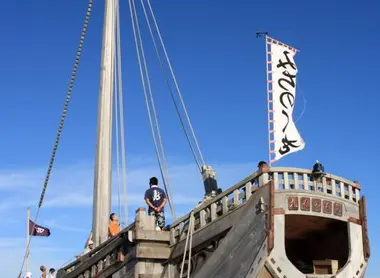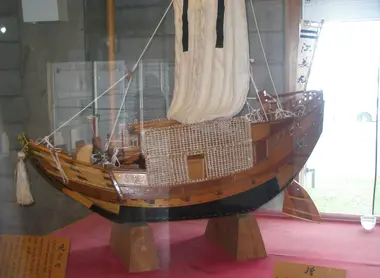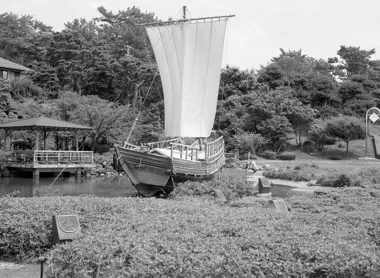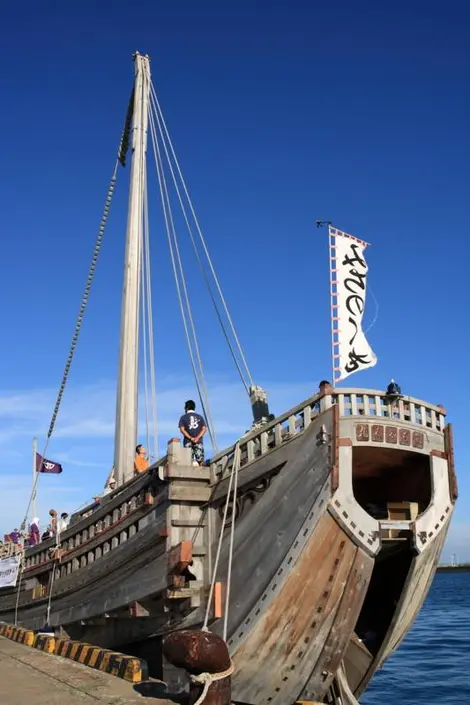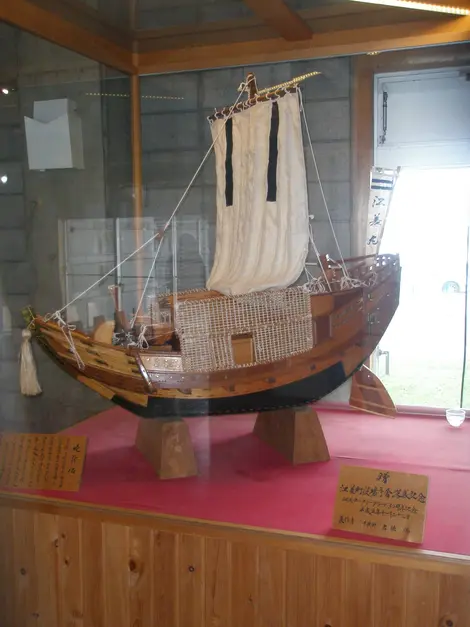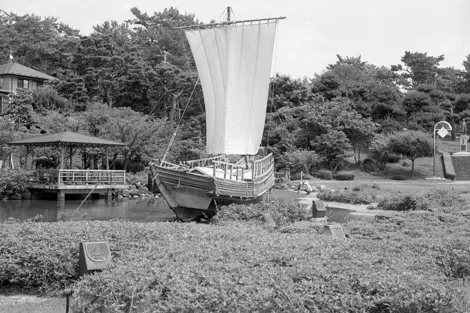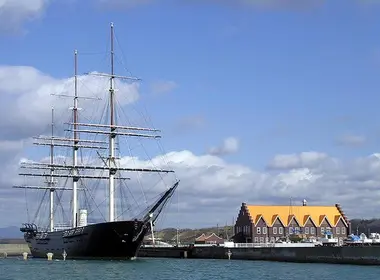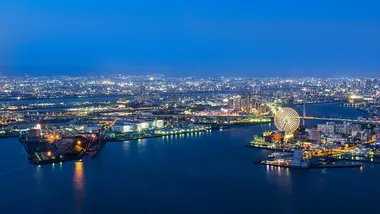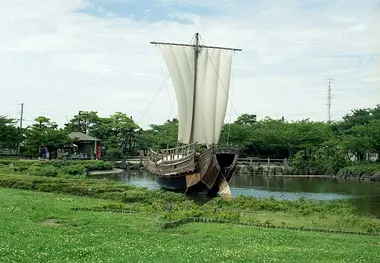The story of Kitamaebune and its boats 北前船
- Published on : 17/06/2019
- by : S.R.
- Youtube
The Road to All Wealth - Osaka to Hokkaido
Japan of the Tokugawa era was a Japan almost closed to the outside world by the shogunal policy of Sakoku. But if communications with neighboring nations are prohibited, the country is experience at the same time an unprecedented intensification of trade between the different regions. It is in this context that the Kitamaebune trade route fits.
On the way to Hokkaido
Kitamaebune means "northbound ship". The word was used to describe both the trade route and the ships that used it.
Departing from the major commercial ports of Sakai and Osaka, the boats crossed the Seto Inland Sea, and the Shimonoseki Strait and went to the coasts of Hokuriku and Hokkaido.
Thus at that time, the village of Esahi, located at the southwestern tip of the great northern island, was in May a commercial town crowded with merchants. In particular, they came there to look for cypress wood and herring, which they resold with large profits once they returned to the Kansai region.
Esashi attained such fame through the Kitamaebune that it hosted many visiting artists from the Edo period (1603 - 1868).
The first wealth of Japan
The annual trip on the Kitamaebune route (then bi-annual from the end of the 18th century with the improvement of ships) could be dangerous, shipwrecks being frequent.
But the merchants who managed to integrate into the circuits of the Kitamaebune made great fortunes. At the end of the shogunate, they were, along with the great lords, the richest social class in the country.
Many of them were local notables. The merchants of Osaka, the commercial heart of the country, acquired through this route another means of increasing their capital, which would be used to finance the modernization of Meiji.
A factor of unification of the country
The Edo period is a return to peace after more than a century of civil war, but also the beginning of a true political unification, the daimyos having never been so controlled by the central power as in the time of the Tokugawa shoguns.
This unification is also that of society, with cultural movements affecting most regions and allowing the beginning of real common culture. The Kitamaebune participated in this movement.
Each year, several thousand boats disseminated along their route the commercial products of Osaka then on the return those of Esashi, also shared on their way products of daily life, refined objects, and cultural elements specific to the different regions. crossings.
This is how the culture of Esashi derives from that of Kansai despite the distance or that the Oki Islands located on the fringes of the country kept in memory until today the folk songs of many Japanese localities.
How to learn more about the Kitamaebune?
Go to the museum dedicated to the route of Kitamaebune and its boats in the city of Ishikawa. The museum presents a large collection of maps, images, manuscript documents, navigation tools, and miniatures.
- Address: I-Otsu 1-1 Hashitate-machi, Kaga-shi, 922-0554
- Access: 10 min by taxi from JR Kaga Onsen station or 1 min on foot from Canbus bus stop "Kitamaebune-no-Sato Shiryokan"
- Hours: 9:00 am to 5:00 pm. (last entry at 4:30 pm)
- Prices: Adults - 310 yen / 75 or more - 150 yen / Free admission for people with disabilities and under 18 years old
